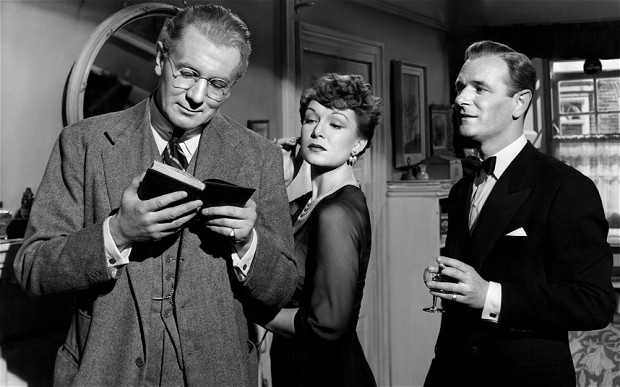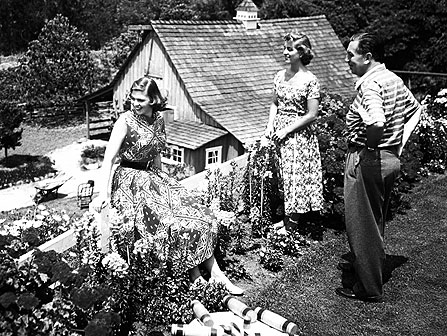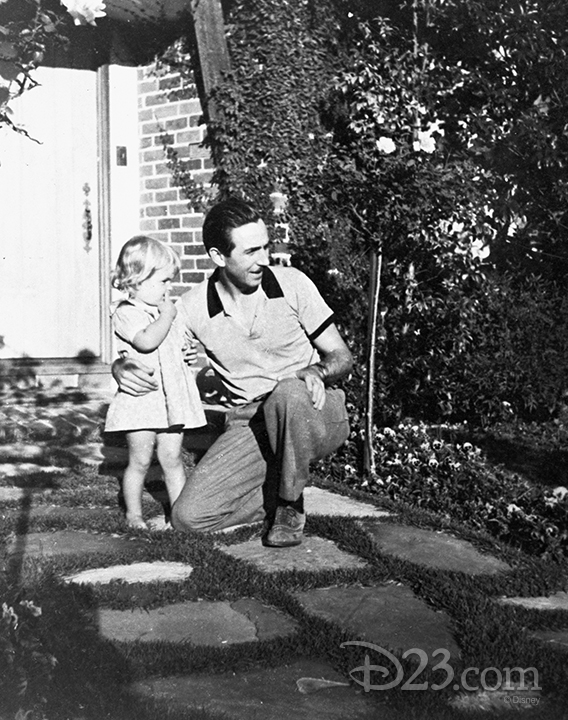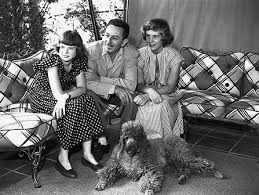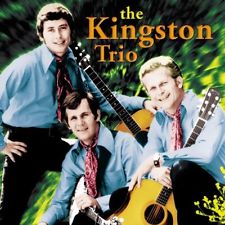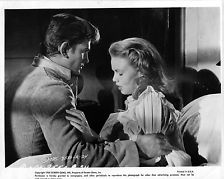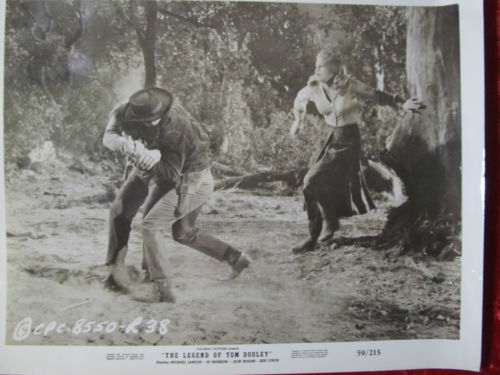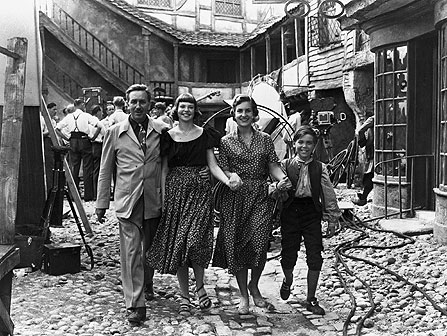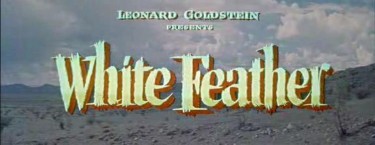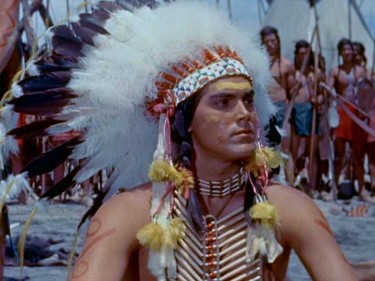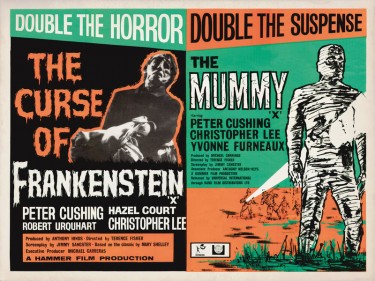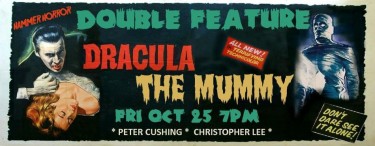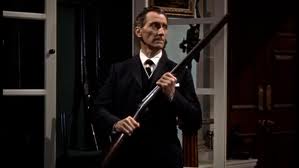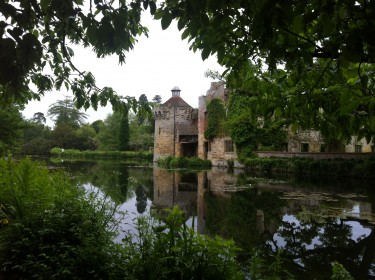Jean Kent star of the famous Gainsborough melodramas dies

Film and television actress Jean Kent, one of Britain’s biggest stars in the 1940s and 1950s, has died.
She was injured in a fall at her home in Westhorpe, Suffolk, and died at the West Suffolk Hospital in Bury St Edmunds at 03:40 GMT.
Her death was announced by a close family friend, author and former film critic Michael Thornton.
Her last public appearance was in 2011 when she was honoured by the British Film Institute on her 90th birthday.
Mr Thornton said: “I knew Jean for more than 50 years. She was a feisty, funny, outspoken character who never took herself too seriously.
“She knew what it meant to be a star and regarded it as her job to live up to that position and never to disappoint the public.”

Kent’s career included regular appearances in Gainsborough melodramas, which were popular with large numbers of newly-independent women following the outbreak of the Second World War.
She made 45 films and during her career starred alongside Marilyn Monroe, Michael Redgrave and Laurence Olivier.
‘Bodice-ripping melodramas’Born in Brixton, south London on 29 June, 1921, she was the only child of variety performers Norman Field and Nina Norre. As a 13-year-old she performed at the Windmill Theatre in London’s West End.

She had met her husband Josef Ramart on the set of Caravan and they married four months later in 1946, with Stuart Granger as best man.
They bought a farm near Sudbury, Suffolk in the 1950s and stayed there for 20 years until they moved to Westhorpe. Her husband died in 1989.
Kent also had a television career, which started in the mid-1930s in a musical called The Ship In The Bay which was broadcast live.
Her post-war television appearances included roles in Up Pompeii!, Crossroads and Lovejoy.
Below – Link to a Television clip at the time of ber 90th Birthday :-
http://www.youtube.com/watch?v=KSqh31eDEuU&feature=player_detailpage
Mr Thornton added: “Because she became one of the most famous stars of the Gainsborough era, with its bodice-ripping melodramas, she was underrated as an actress. But she was a great actress.”
Speaking on her 90th birthday she told the BBC she was still available for work.
“Oh yes, I’d work like a shot, as long as I didn’t have to walk,” she said.
“A nice sitting-down part would be fine.”
